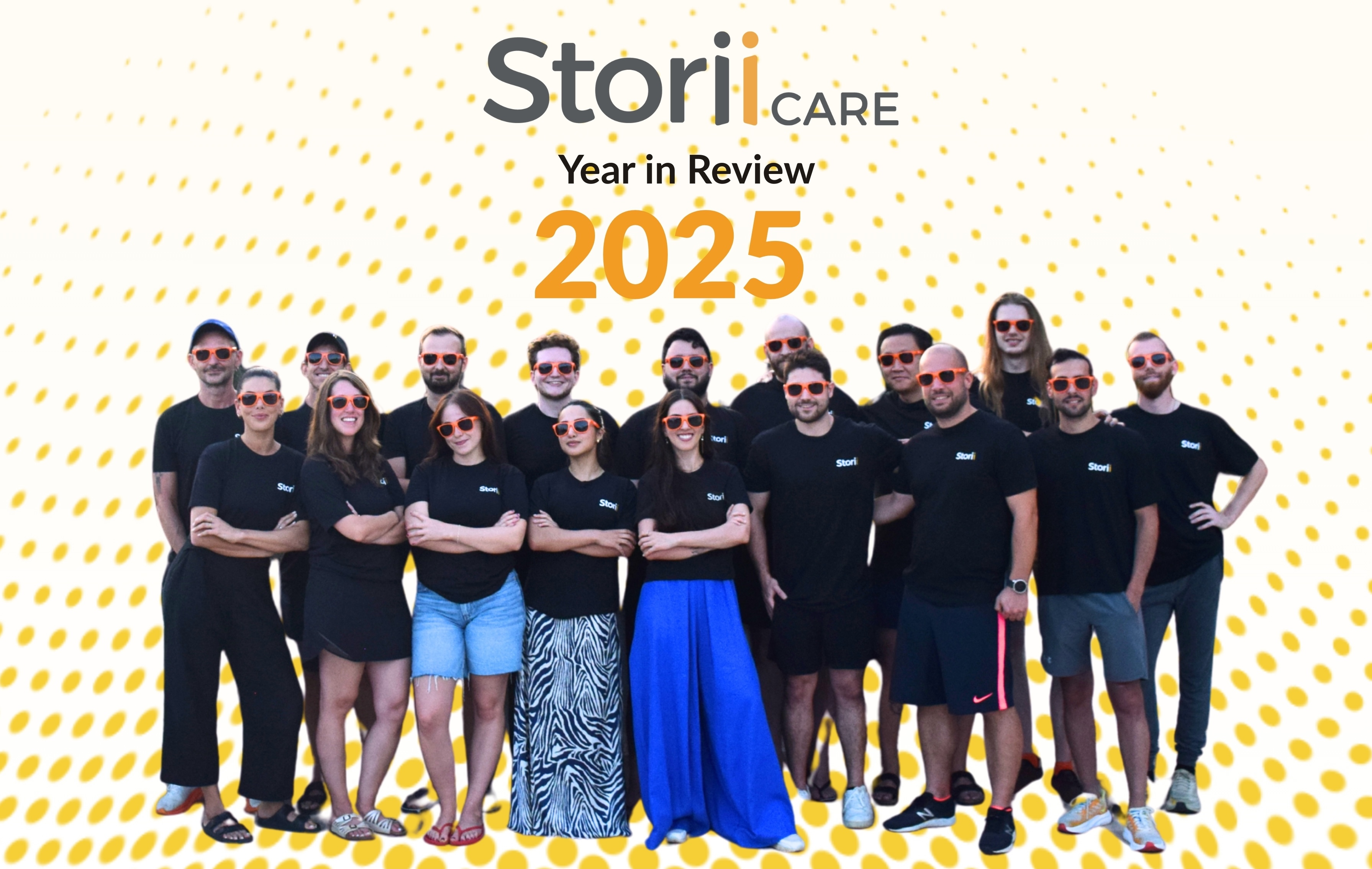It is estimated that there are approximately 2.7 million LGBT adults aged 50 and older in the United States.
If you are a Millennial like me, you might initially envision the LGBT community as one of vibrant, young individuals. In fact, it might be difficult to imagine why anyone could continue to face discrimination based on who they are or who they love.
However, we must remember: those 2.7 million LGBT adults grew up in a very different time, under very difficult circumstances. For these individuals, ageing comes with a unique set of challenges.
What makes aging different for LGBT adults?
The lack of social and legal acceptance, both historically and currently, has had a signficant and systemic impact. Keys to successful aging are good health and competent healthcare; economic stability and security; and strong social and family support.
Unfortunately, these are the exact areas where LGBT elders report disparities when compared with their non-LGBT peers. For much of their lives, LGBT elders faced stigma, harassment, and discriminatory laws and policies. Consequently, the cumulative effect of this is that LGBT elders face additional difficulties when it comes to finding adequate care as they age.
To sum up, watch this video, which paints a picture of the disparities discussed above:
Practicing Person Centered Care
Anyone working in health services will undoubtedly have heard of a ‘person-centered care’ or ‘patient-centered care’ approach. It has been a federally mandated standard of care in the US and the UK. If you are unfamiliar with this approach, being ‘patient or person-centered’ simply means affording each patient dignity, respect and compassion. It means offering personalized care, support or treatment.
Person-centered care in action is precisely what makes senior living communities inclusive. LGBT elders deserve to feel safe being exactly who they are, wherever they live. Moreover, they deserve to rest assured that their needs and desires will be met without any discrimination or bias.
If you work in an elderly home setting, you are in a unique position to cultivate inclusivity. You can be a change agent in improving the quality of life for those who have lived in a prolonged state of vulnerability and marginalization.

Here are 5 steps you can take towards becoming a more inclusive senior living community today!
Train your staff
When surveyed, 9 out of 10 LGBT people feared discrimination in care settings if providers knew their sexual orientation or gender identity. Thankfully, there are cultural competency training programs like SAGECare.
SAGECare training helps service providers and their staff create LGBT-welcoming places by competently serving a population that has lacked social and legal acceptance, both historically and currently. SAGECare credentials also help LGBT people find trained providers, so they can welcome healthcare providers into their homes, or move into a care home, without hesitation.
Cultural competence training is essential for caregivers. It better prepares them to fully serve LGBT older adults, without relying on the individual, or their friends and family to educate a caregiver. Having staff undergo this training sends a clear message to LGBT individuals that they are recognized and cared for.
You may be surprised, even. A 2017 Forbes article cited, “A residential activities coordinator reported that before the training she did not think there were any LGBT residents in her community. But within two weeks after hanging her training certificate on her office wall, says Meyer, ‘two community members came out to me as LGBT. They appreciated that I was creating a safe environment for them.’”

Implement a Zero-Tolerance Policy
Sadly, the mistreatment and marginalization of gay and transgender seniors is often perpetrated by their peers in care home settings. The older a person is, the more likely they are to harbor bias. This doesn’t come as a surprise, seeing as how LGBT rights have been slow to progress in the US. Same-sex marriage became legal only four years ago.
“It’s become abundantly clear that there are a lot of elders who feel they have to go back in the closet when they enter nursing homes or any care facility,” said Ms. Audrey Weiner, CEO of New Jewish Home in a New York Times article.
Consider having a strict zero tolerance policy for discriminatory behavior, like Pat Giorgio, president and CEO of Evergreen Estates in Cedar Rapids, IA. Giorgio says that the residents of her care community must sign a contract that delineates both their rights and their obligations, including treating others with dignity.
“You cannot allow it to exist or it will poison the community. They don’t get off the hook just because they’re older. They have to respect others.”
Make Your Welcome Clear
It is currently legal in 23 states to deny housing based on sexual orientation or gender identity (meaning there is no statewide law or policy). Understandably, LGBT seniors may be anxious about seeking care outside of their own home. In fact, in a 2011 national survey of LGBT adults in long-term care, 89% predicted that staff would discriminate based on their sexual orientations or gender identities. Additionally, 43% reported instances of mistreatment.
If your senior care home is LGBT-affirming and welcoming, make sure that you display this clearly. For instance, have credenials or inclusivity signposted on your website, printed marketing materials, social media pages, and advertisements. Agencies that display LGBT ageing training credentials will be positioned to attract these 7 million individuals who will be 65 or older by 2030.
Actively Combat Social Isolation
LGBT elders grew up in times when homosexuality was illegal and criminally punishable. Family rejection or ostracization was rampant and many individuals did not have the option of raising children. As a result, many LGBT elders have to rely on informal support networks of chosen family: friends and partners. Unfortunately, this becomes complicated as friends and partners of LGBT individuals lack the legal abilities to make medical decisions, share health insurance plans, or benefits. Although the freedom to marry became available nationwide in 2015, many LGBT elders’ partners passed away before then. Others may have chosen not to marry for financial reasons. However, they still want to be able to make medical and financial decisions for one another.
Additionally, traditional programming for elders may feel isolating for gay or transgender individuals, who may feel worried about harassment or discrimination. Many decide to conceal their identity or not seek out social/support programming at all. There is a huge lack of funding for LGBT community centers and services for older adults.
For these reasons, LGBT elders are more likely than their heterosexual counterparts to face social isolation and inadequate access to the support services needed to age successfully.

Here are ways you can combat social isolation for LGBT residents:
- Consider providing space and support for LGBT-specific programming in your community center or care home. If this isn’t possible, find communities in your area they can connect with.
- Ensure there is a safe place for them to meet with friends who visit.
- Build relationships! Get to know their story. Ask questions and show you care.
- Find ways your care community can participate together in LGBT events. There are care homes who have had floats in their local Pride Parades, hosted drag queen bingo and transported residents to grief and loss support groups for same-sex individuals.
Get Involved in Advocacy
From signing pledges and speaking out online, to calling your elected officials and marching in rallies, there are many ways to fight for and advocate on behalf of older LGBT people in your community and around the world. Find out more by visiting SAGE, Diverse Elders Coalition or MAP.






.png)










